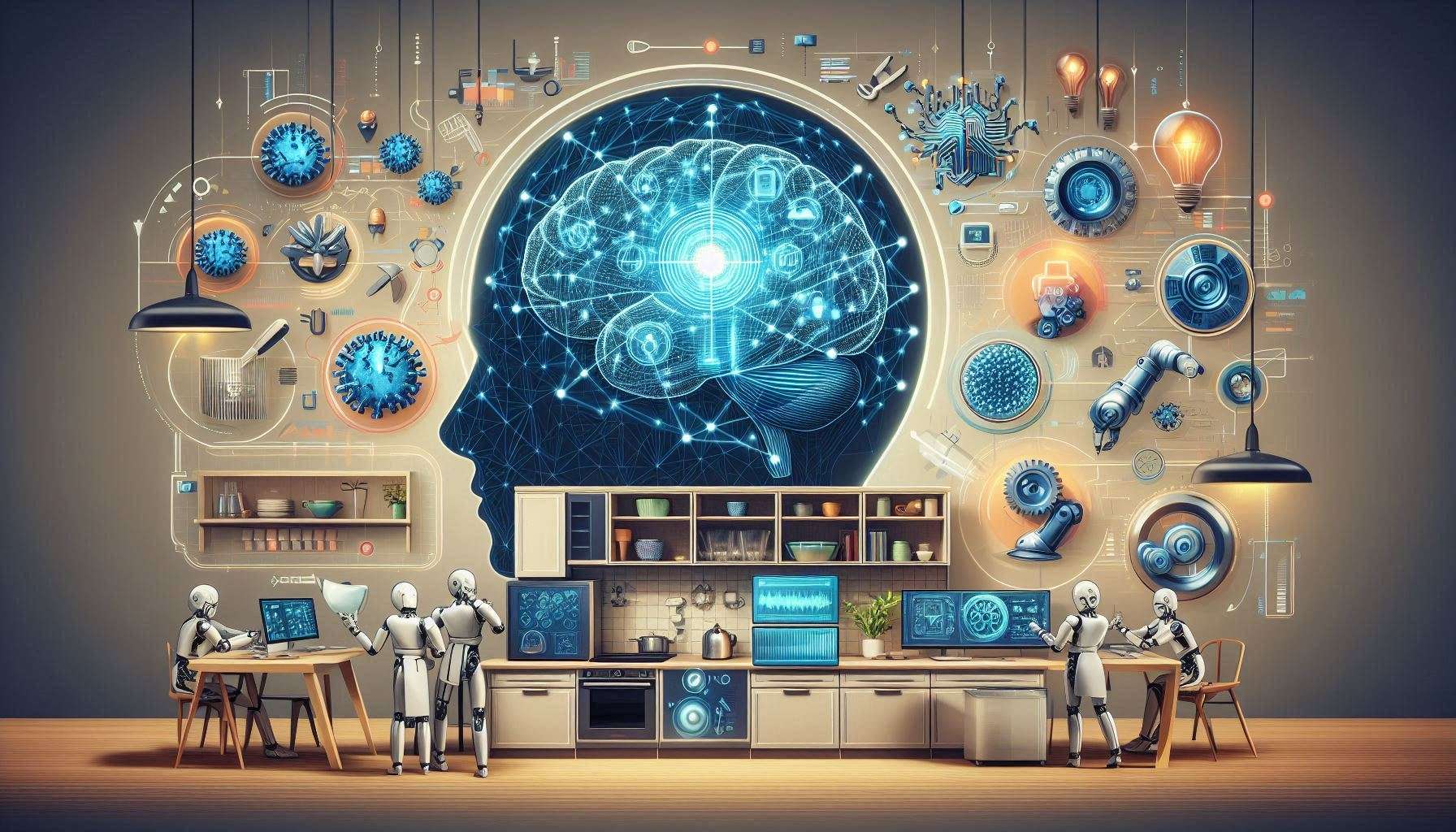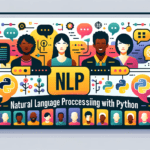Artificial intelligence (AI) is rapidly evolving, with significant strides being made in its ability to perform complex tasks. Central to AI’s success is its remarkable ability to retain existing knowledge while simultaneously learning new information. This human-like capability is pivotal for AI systems to function effectively across a multitude of applications, from smart home appliances to autonomous vehicles.
A recent breakthrough in this domain has been the development of stability diffusion-based deep generative replay (SDDGR). This groundbreaking advancement allows AI to learn new information while preserving its prior knowledge, addressing a significant challenge faced by previous AI models. This blog delves into the intricacies of SDDGR, its applications, and the economic benefits it offers.
The Core of AI: Learning and Retaining Knowledge
For AI to perform effectively, it must emulate the human ability to recall past experiences while acquiring new ones. This balance between learning and retaining knowledge is crucial. Traditional AI models, particularly those based on class incremental learning (CIL) technologies, have struggled in this aspect. They often face difficulties in recognizing and classifying multiple objects within a single image, leading to a degradation in performance when new data is introduced.
SDDGR technology addresses this challenge by generating high-quality images and preserving prior knowledge through iterative processing. This advanced learning method enhances accuracy when processing new data, making it a significant leap forward in the field of AI.
Stability Diffusion-Based Deep Generative Replay (SDDGR)
The SDDGR technology is a novel approach that combines stability diffusion and deep generative replay. Stability diffusion helps maintain the stability of learned knowledge, preventing the forgetting of previously acquired information. Deep generative replay, on the other hand, allows the AI to generate and replay past experiences, reinforcing existing knowledge while learning new information.
This dual approach ensures that AI systems can continuously improve their performance without losing the ability to recall previously learned information. By leveraging these advanced learning methods, SDDGR enhances the accuracy of object detection and classification, making it a powerful tool in various applications.
Transforming Daily Life with SDDGR
The impact of SDDGR technology extends far beyond theoretical advancements. It has practical applications in numerous fields, revolutionizing daily life and enhancing efficiency and safety in various domains.
Smart Home Appliances
In smart home appliances, SDDGR technology enables devices to learn user preferences and habits over time. This allows for more personalized and efficient operation, enhancing the user experience. For instance, a smart refrigerator can learn the dietary preferences of household members and suggest recipes or order groceries accordingly.
Robotics
In the field of robotics, SDDGR enhances the ability of robots to recognize and interact with objects in their environment. This is particularly useful in manufacturing and logistics, where robots need to identify and handle a wide range of items. By maintaining a robust knowledge base while learning new tasks, robots can operate more efficiently and safely.
Medical Field
In the medical field, SDDGR technology can be used to improve diagnostic accuracy. AI systems can retain knowledge of various medical conditions while learning to recognize new diseases. This continuous learning capability enhances the ability of AI to assist doctors in diagnosing and treating patients, leading to better healthcare outcomes.
Self-Driving Cars
One of the most notable applications of SDDGR technology is in self-driving cars. The ability to accurately recognize road objects is crucial for the safe operation of autonomous vehicles. SDDGR enhances the car’s ability to identify pedestrians, other vehicles, road signs, and obstacles, ensuring safer driving conditions. This advancement brings society closer to the widespread adoption of self-driving technology, promising a future of reduced accidents and more efficient transportation.
Security
In the realm of security, SDDGR technology excels at detecting intruders and triggering swift alerts. Security systems equipped with SDDGR can continuously learn and adapt to new threats while retaining knowledge of past incidents. This enhances the overall security infrastructure, making it more resilient and effective in protecting assets and individuals.
Overcoming Limitations of Previous Technologies
The previously developed class incremental learning (CIL) technologies had significant limitations in recognizing and classifying multiple objects in an image. These limitations hindered the performance of AI systems in complex environments where multiple objects needed to be identified simultaneously.
SDDGR technology overcomes these limitations by generating high-quality images and preserving prior knowledge through iterative processing. This allows the AI to maintain a high level of accuracy even when new data is introduced. By addressing the shortcomings of CIL technologies, SDDGR represents a significant advancement in the field of AI.
Economic Benefits of SDDGR
Beyond its technological prowess, SDDGR offers substantial economic benefits. One of the key advantages is its ability to reduce data storage and processing costs through efficient data reuse. Traditional AI models often require extensive data storage and processing power to maintain their knowledge base. SDDGR, by contrast, optimizes data usage, allowing for more efficient operation.
This reduction in data storage and processing costs translates to significant economic benefits for businesses. Companies can develop better AI models with reduced costs and time, enhancing their competitiveness in the market. The efficient data reuse enabled by SDDGR also reduces the environmental impact of AI operations, contributing to more sustainable practices.
Future Prospects
The development of SDDGR technology marks a significant milestone in the field of AI. As this technology continues to evolve, its applications and benefits are expected to expand further. Future research and development will likely focus on refining the stability diffusion and deep generative replay mechanisms, enhancing the overall performance and efficiency of AI systems.
The SDDGR model will greatly contribute to improving the accuracy of continuous object detection in various industries. Demonstrations of the practical effectiveness of SDDGR technology in various applications enable companies to develop better AI models with reduced costs and time.
Conclusion
The advancements in AI technology, exemplified by the development of SDDGR, are transforming various aspects of daily life. From smart home appliances to self-driving cars, the ability of AI to learn new information while preserving existing knowledge is crucial for its effective operation. SDDGR technology addresses the limitations of previous AI models, enhancing accuracy and efficiency in object detection and classification.
Moreover, the economic benefits of SDDGR cannot be overstated. By reducing data storage and processing costs, this technology offers significant advantages for businesses, enabling them to develop better AI models at a lower cost. As SDDGR continues to evolve, its applications and benefits are expected to expand, paving the way for more advanced and efficient AI systems.
In conclusion, the development of stability diffusion-based deep generative replay (SDDGR) represents a significant leap forward in the field of AI. It enhances the ability of AI systems to learn and retain knowledge, transforming various industries and offering substantial economic benefits. As society moves towards a future where AI plays an increasingly prominent role, technologies like SDDGR will be at the forefront, driving innovation and progress.




